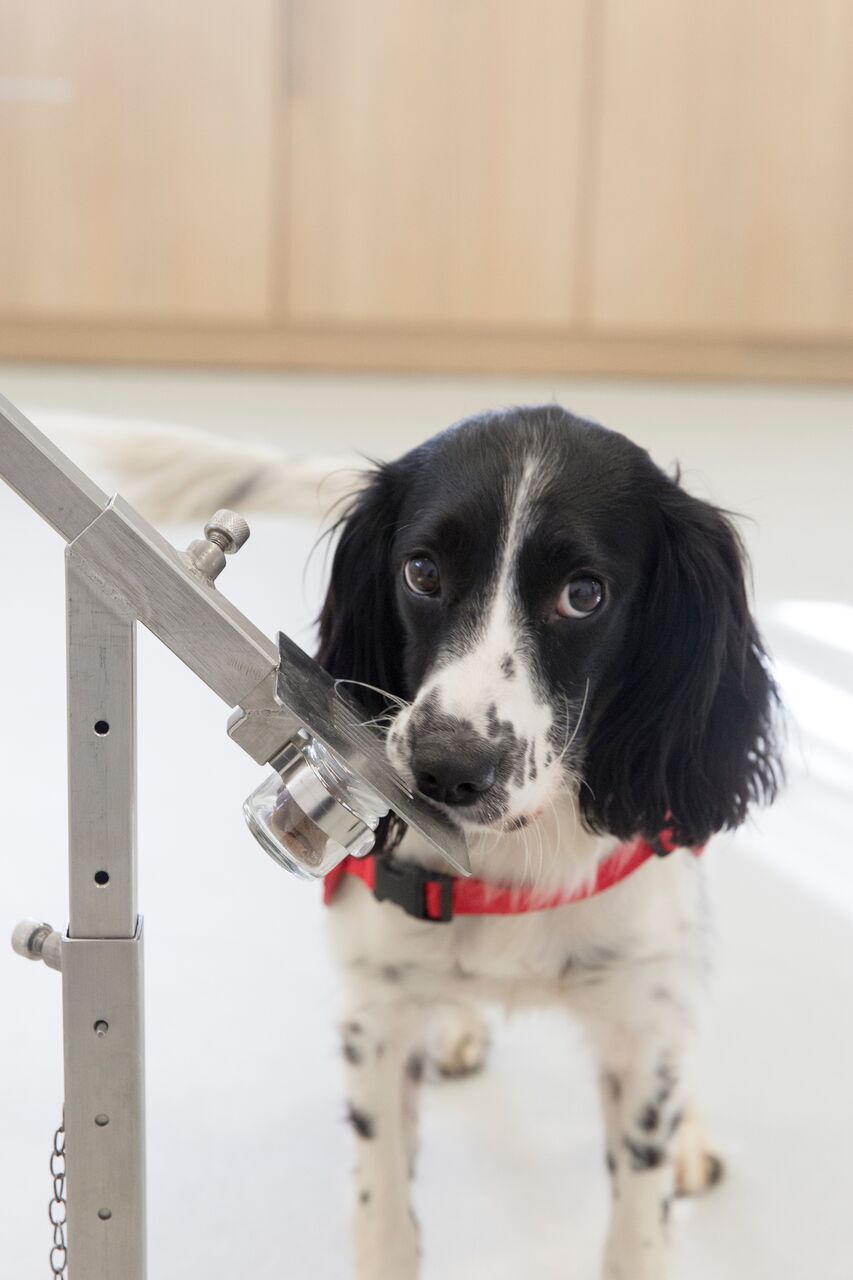Dogs sniff out malaria in children’s socks
Dogs can detect the odor of malaria parasites on socks that children wear overnight — and their noses are sensitive to lower levels of infection than WHO requires rapid diagnostic tests to be, according to research presented at the annual meeting of the American Society of Tropical Medicine and Hygiene.
Steve W. Lindsay, PhD, BSc, a public health entomologist in the department of biosciences at Durham University, told Infectious Diseases in Children that the inspiration for this study came from an encounter with a beagle sniffing out fruit and vegetables in the luggage of travelers at a Washington airport.
“More recently, we know that people infected with malaria produce specific odors on their breath and from their skin,” he said. “Even malaria mosquitos can identify people and feed preferentially on them. Dogs have an extraordinary sense of smell, and if mosquitos can detect malaria, why not dogs?”
Lindsay and colleagues first conducted a pilot study where dogs were trained in detecting malaria infections in 600 Gambian children between the ages of 5 and 13 years. All children were instructed to wear a pair of socks overnight, and the socks of uninfected and infected children without fever were used to train the dogs for 4 months.

Following the pilot study, the researchers conducted a double-blinded study to determine the dogs’ accuracy.
According to the researchers, 70% of the socks worn by infected children and 90% of the socks worn by uninfected children were correctly identified by the dogs.
“Despite collecting odor samples from socks we gave to children overnight, our dogs were pretty good at detecting malaria,” Lindsay said. “The odor levels must be pretty small on the socks worn for just a short period, but the dogs were able to distinguish between infected and uninfected kids.”

He speculated that if all children were infected with parasites with the same maturity, the dogs may have the ability to detect up to 78% of infected children.
“In many parts of the world, countries are eliminating malaria or getting pretty close to doing this,” Lindsay said. “In these countries, it is important to prevent the reintroduction of malaria. Our malaria detection dogs may be one way of detecting the one in 1,000 travelers entering the country carrying malaria parasites at ports of entry.”
He added that malaria detection dogs may be helpful in rural villages where malaria is not often detected and where the last remaining cases do not appear ill but carry the parasite.
“In the future, electronic noses may be as good as our dogs,, but for the moment, our dogs are rapid, mobile and do not require electricity,” Lindsay said. – by Katherine Bortz
Resource:
Lindsay SW, et al. Abstract 32. Presented at: the American Society of Tropical Medicine and Hygiene Annual Meeting; Oct. 28-Nov. 1, 2018; New Orleans.
Disclosure: Lindsay reports no relevant financial disclosures.

